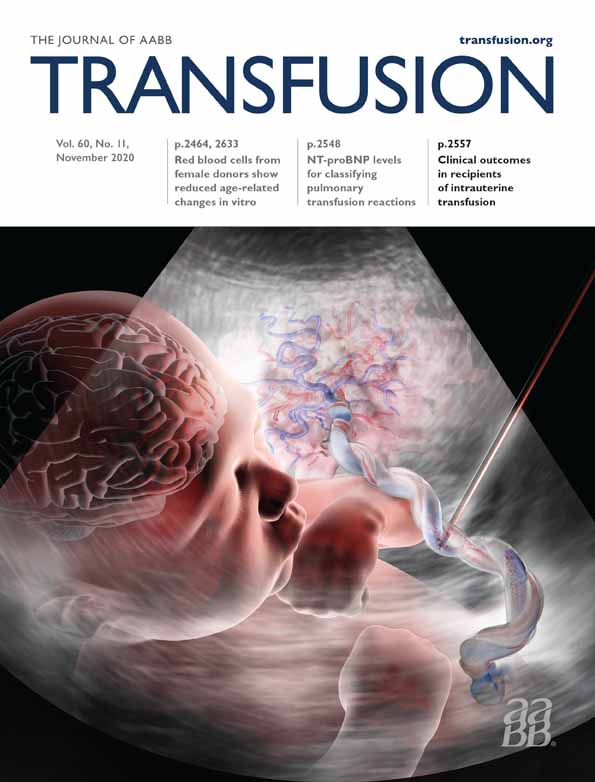New molecular basis associated with CD36-negative phenotype in the sub-Saharan African population
Abstract
Background
CD36 glycoprotein is expressed by various cell types, including platelets (PLTs), monocytes, and erythroid precursors, and is also the receptor for several ligands. However, absence of CD36 expression seems asymptomatic and is poorly described in Caucasians. In contrast, the frequency reaches 7% and 11% in African Caribbean and Asian persons, respectively. Lack of CD36 expression exposes to the risk of immunization in case of pregnancy or PLT transfusion. Two types of deficiency have been described: in Type I, PLTs and monocytes lack CD36 expression and the subjects are homozygous or compound heterozygous for CD36 mutations, whereas in Type II, only PLTs (Type IIa), and rarely also erythroid cells (Type IIb), are affected. Molecular events leading to Type II deficiency are poorly understood.
Case Report
An African girl, diagnosed with homozygous sickle cell disease and regularly transfused, was assessed for PLT CD36 expression by immunofluorescence microscopy. The deficiency was then confirmed by monoclonal antibody immobilization of PLT antigen (MAIPA) assay, and the subtype was assessed by flow cytometry. The underlying molecular basis was characterized by DNA sequencing. Furthermore, we tested the serum for possible anti-CD36 immunization.
Results and Conclusion
Flow cytometric analysis on the patient's blood samples allowed the diagnosis of Type I CD36 deficiency. CD36 antibodies, probably due to her past history of red blood cell transfusions, were identified by MAIPA and by Luminex technology assay. Interestingly, we identified through sequencing a new molecular basis involved in CD36 deficiency: two adenines were replaced by one guanine in Exon 4 (c.367_368delAAinsG) leading to a stop codon at Position 76.
CONFLICT OF INTEREST
The authors declare no potential conflict of interest.




